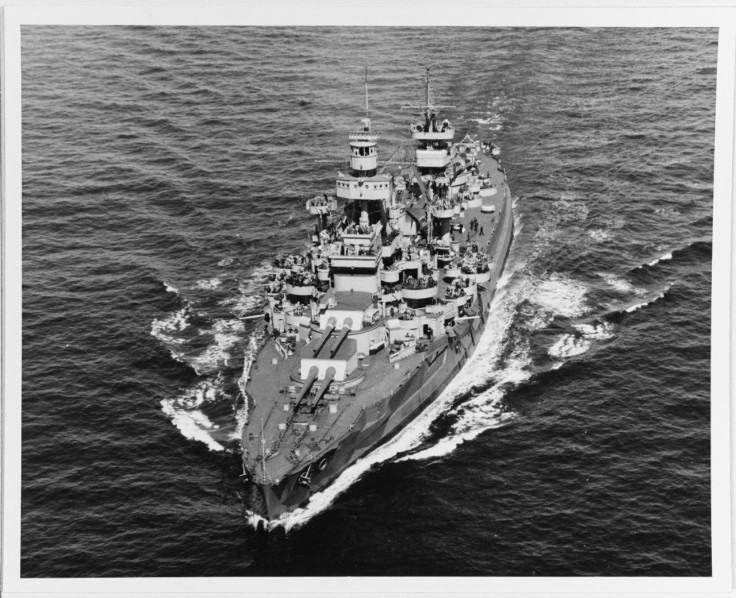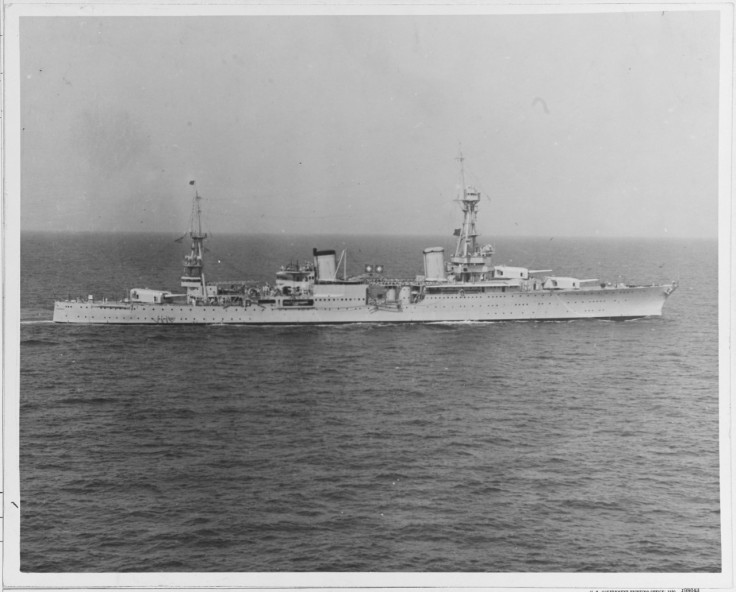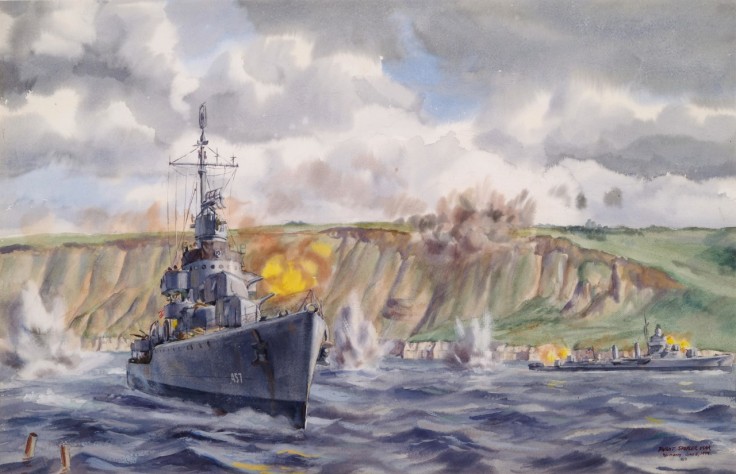D-Day, formally known in history as Operation Overlord or Operation Neptune in the Navy, is one of the most pivotal events during the second world war. The Allied forces, the US in particular, were close to failing on Omaha beach on June 6, 1944, due to preliminary air and naval bombardment failing to knock out the beach's strong defense points and its marines facing highly effective German troops who served on the Eastern Front against Russia, per IWM.
Today marks the 78th Anniversary of the Normandy Landings, and as such, it is only right to honor the people on those US Navy warships that supported the beach landers from the sea.
Here are the US Navy warships that assisted the landings on that fateful day:
USS Arkansas

The USS Arkansas was the flagship of the US Navy during the events of World War 2, per D-Day Overlord. It is a BB 33 Wyoming-class battleship that carried a variety of guns, which include 12 305 mm guns, 16 127 mm guns, two anti-aircraft guns, and six 533mm torpedo tubes.
Arkansas was launched in 1911 for military operations in The Great War, also known as World War 1. As such, despite being the flagship of the American naval forces, it was only confined to escort duty during Atlantic crossings. However, the ship saw active duty again in 1942, with Operation Torch in North Africa being its first taste of conflict during World War 2.
She also participated in the landings by bombarding the German artillery battery of Longues-Sur-Mer with its 12 305mm guns to support the landings.
After the war, it was used as a target during nuclear tests during Operation Crossroads and was sunk on July 25, 1946.
USS Augusta

The flagship of America's maritime forces, before being deployed to the Mediterranian Sea alongside Arkansas for Operation Torch, the Augusta is a Southampton-class heavy cruiser with nine 203mm guns, eight 12.7 machine guns, and six 533mm torpedo tubes, along with other armaments of its class.
According to the Naval History and Heritage Command, the Augusta was launched on February 1, 1930, and was active on the Pacific side of the world when World War 2 started in 1939. As such, she was one of the ships present during the Japanese attack on Pearl Harbor on December 7, 1941. At the time, the ship was moored at buoy 7, Newport
Although it isn't known if she was among the ships that got damaged during the attacks, her stay in port until January 11, 1942, suggests that she was.
Augusta was ordered to join the European theater of war in 1942, and from then on, she was an active participant in the war up until D-Day. During the landings, it fired 51 203mm shells at the coast to disable the German defense points.
During the latter years of the war, it ferried President Harry S. Truman and English king George VI in 1944.
Augusta was eventually scrapped as of November 9, 1959.
USS Doyle

The USS Doyle is a Gleaves-class destroyer that had 5 127 mm guns, six 20m Oerlikon guns, six 12.7mm Browning machine guns, and 10 533mm torpedo tubes.
She was launched on March 17, 1942 and entered active service on Jan. 27, 1943, with its first missions taking place in the Mediterrenean Sea and in the Atlantic Ocean, where it carried out convoy escorts and anti-submarine operations.
Doyle was one of the ships that helped clear the English Channel of under-sea mines for the Allied Navy in preparation of Operation Overlord. It also participated in the landings, supporting the landing near Omaha Beach by firing as close as possible to the shore against the German Wn 60 strongpoint and in fromt of Port-en-Bessin.
She was also one of the few US Navy warships that experienced both World War 2 and the Korean War. She was placed in reserve and definitely retired from service on May 19, 1955.
She was eventually sold for scrap on Oct. 6 1972, per NavSource Online.
Related Article : Tiny Remnants of War Found in Omaha Beach Sand









